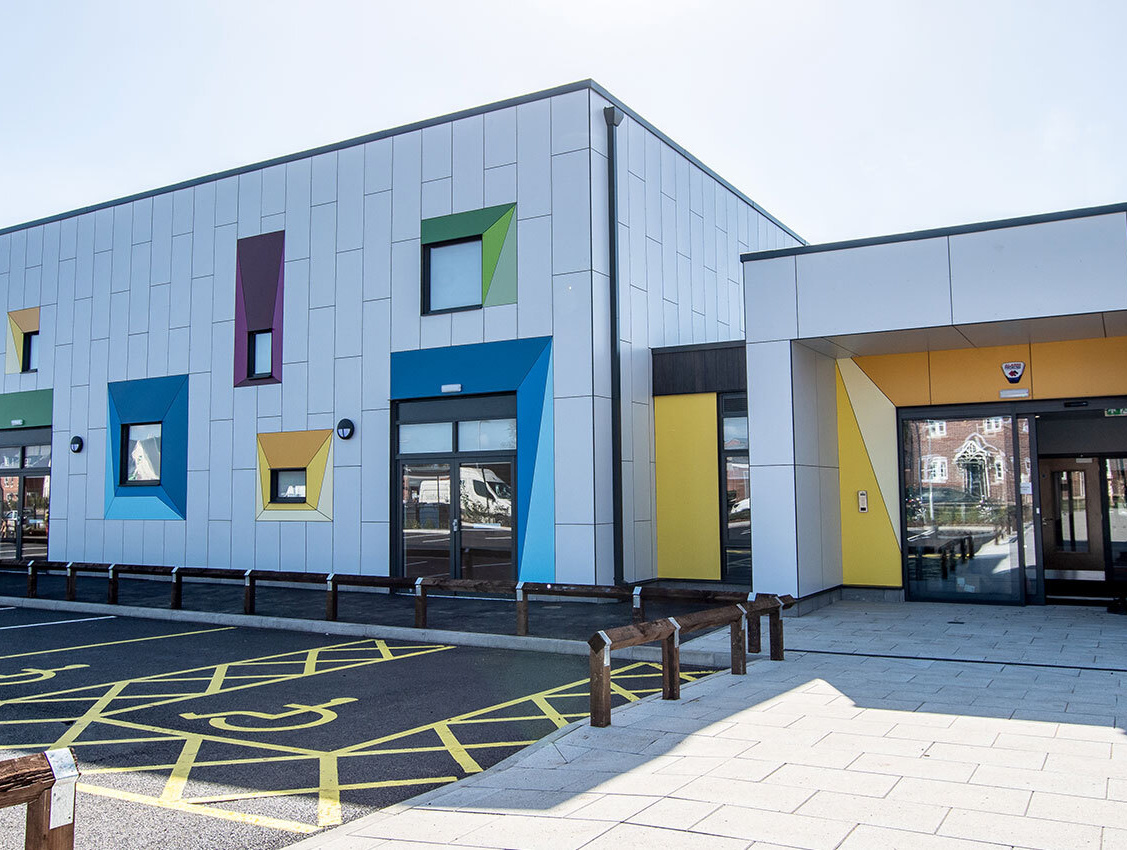Designs that deliver
Our team is ready to bring your ideas to life and will be with you from concept to completion. We're proud to be part of the SCAPE Group, offering architectural design and interior design services that will give you the results you’re after.
With our unique three-tier approach, you’ll find a build route that meets your brief and delivers enhanced outcomes. Let’s design something exceptional together.
0+
school places created since 2013
0+
projects delivered
0+
offsite projects
0+
planning approvals achieved
Explore our projects
Derby SchoolsProgramme
'Designing and Delivering Derby's Schools' is our latest report on the 5 year story
of 6 schools delivered for Derby City Council and Derbyshire County Council in partnership with SCAPE which has created more than 2,000 school places.










